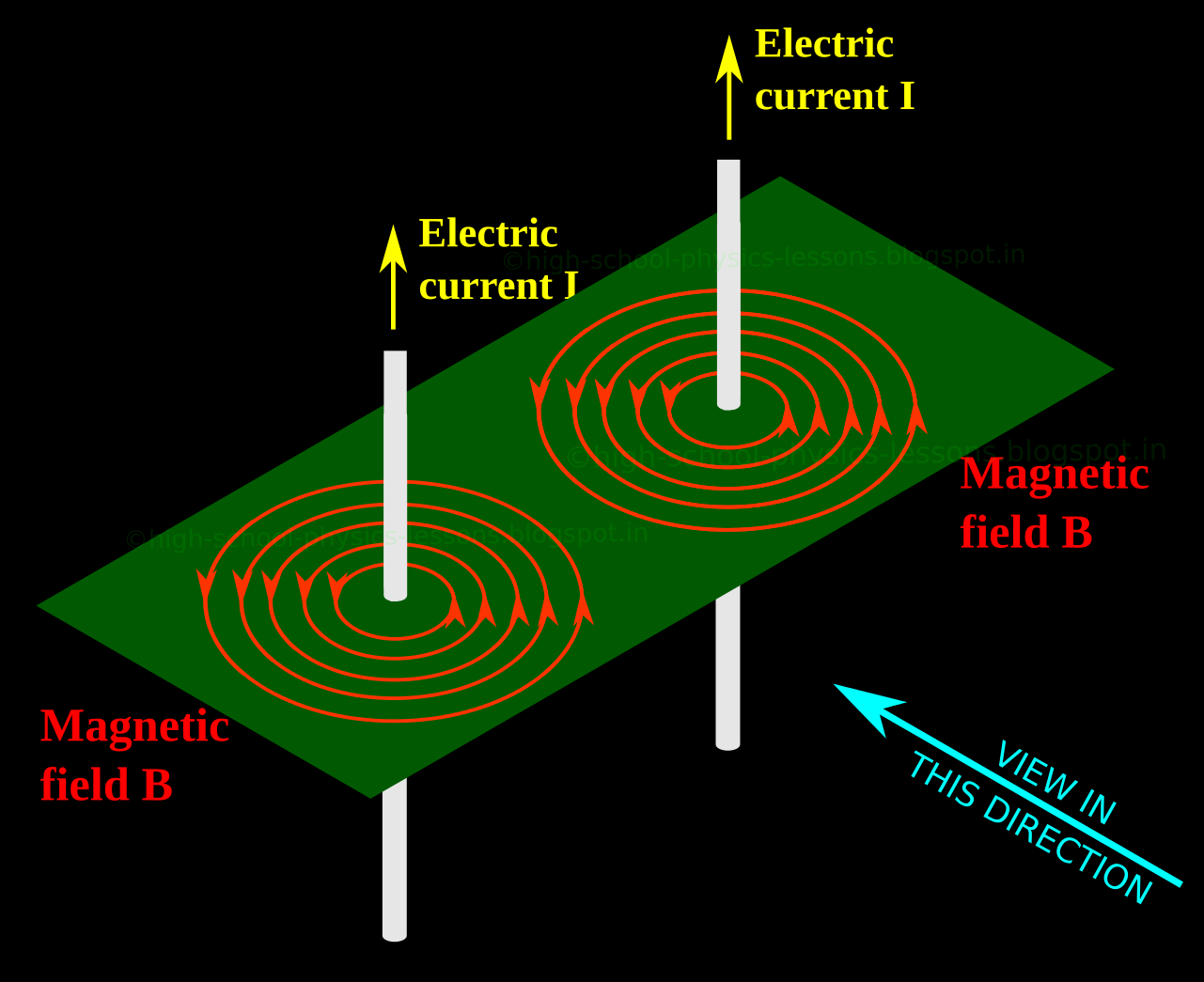The Image of an Orchestra Conductor

Imagine a darkened concert hall, hushed anticipation hanging in the air. Suddenly, a figure emerges onto the stage, taking their place on the podium. This is the orchestra conductor, a central figure in the world of classical music. But what image comes to mind when you picture a conductor? What contributes to their distinct appearance and presence?
The typical image of a conductor involves a formally dressed individual, often in a tuxedo or tailcoat for evening performances. This attire reflects the formality and tradition associated with classical music. Their posture is often upright and commanding, reflecting their role as leader of the ensemble. But beyond the clothing, it's the conductor's movements that truly capture attention.
A conductor's primary tool is the baton, a slender stick used to guide the musicians through the complexities of a musical score. Their hands, whether holding the baton or shaping the music through gestures, are constantly in motion. These movements are not random; they convey tempo, dynamics, and emotional nuances to the orchestra. Facial expressions also play a significant role, reflecting the conductor's interpretation of the music and communicating subtle cues to the musicians.
The visual aspect of conducting has evolved over time. In earlier periods, composers often led their own works from the keyboard or a violin. The modern image of the conductor as a specialized, non-playing leader emerged in the 19th century with the growth of larger orchestras and more complex musical works. This development necessitated a dedicated individual to coordinate the ensemble and shape the overall performance. The conductor's visual presence became crucial for unifying the musicians and conveying a cohesive artistic vision.
The importance of the conductor's appearance goes beyond mere aesthetics. It establishes their authority and presence on stage, fostering a sense of respect and focus within the orchestra. Their attire, posture, and gestures contribute to a sense of occasion and create a connection with the audience. A conductor's confident demeanor can instill confidence in the musicians and enhance the overall performance.
The evolution of the conductor's visual presentation has been influenced by historical context and cultural trends. While the traditional formal attire remains prevalent, some contemporary conductors have adopted less formal styles, reflecting a changing attitude towards classical music. The core elements of posture, gesture, and facial expression, however, remain essential for effective communication with the orchestra.
One can imagine the challenges faced by early conductors establishing their role and authority without the established visual cues we recognize today. The development of conducting techniques and conventions, including the use of the baton, played a significant role in solidifying the conductor's visual identity.
Thinking about what a conductor looks like leads us to appreciate the multifaceted nature of their role. They are not simply timekeepers; they are interpreters, communicators, and leaders who shape the musical experience for both the orchestra and the audience. Their visual presence is an integral part of this artistic process.
Advantages and Disadvantages of Traditional Conductor Attire
| Advantages | Disadvantages |
|---|---|
| Creates a sense of formality and tradition | Can appear outdated or inaccessible to some audiences |
| Establishes authority and presence on stage | Can be uncomfortable or restrictive for the conductor |
| Contributes to a sense of occasion | May not reflect the individual style or personality of the conductor |
Frequently Asked Questions about Conductor Appearance:
1. Do all conductors use a baton? No, some conductors prefer to conduct with their hands.
2. Why do conductors wear formal attire? It's a tradition that reflects the formality of classical music.
3. What does a conductor's posture communicate? Confidence, authority, and control.
4. How important are facial expressions for a conductor? They convey emotion and provide subtle cues to the musicians.
5. Do conductors always wear black? While black is common, other colors are sometimes worn.
6. Can a conductor's appearance affect the performance? Yes, a confident and commanding presence can inspire the orchestra.
7. How have conductor styles changed over time? While tradition remains strong, there's more room for individual expression today.
8. What can I learn from observing a conductor's appearance? You can gain insights into their interpretation of the music and their leadership style.
In conclusion, the image of a conductor is more than just their clothing; it's a complex interplay of attire, posture, gesture, and expression. This visual aspect is deeply intertwined with the conductor's role as a leader, communicator, and interpreter of music. Understanding what a conductor looks like and why provides a deeper appreciation for their contribution to the art of orchestral performance. By observing their subtle movements and expressions, we gain a glimpse into the intricate communication between conductor and orchestra, enhancing our enjoyment and understanding of the music. The next time you attend a concert, take a moment to observe the conductor, not just as a figure on a podium, but as a vital artistic force shaping the sounds you hear.
Unlocking the depths garmin striker 7sv fish finder review
Baby bok choy and sherwin williams a surprisingly chic pairing
Unleash shimmer your guide to pearlescent spray paint













